
From Chai to Cocktails: Embarking on Celes Te’s Unusual Journey
Sustainable, innovative tea labels like Celes Te are the true evolution of tea culture in India. As the humble tea gets reinvented, we speak to Celes Te on the new role that tea has assumed

A drink as old as time, just hearing the word ‘tea’ invokes a feeling of relaxation and calmness among most of us. Whether it is the soothing iced tea that you slowly sip by a luxurious beachside resort or the strong, sugary ‘chai’ that you gulp at a modest restaurant in a small nook at a hill station, tea, in all its forms, has been associated with tranquility, elegance and luxury.
While every country has its own tea story, it is no news that it all started first in China. Legend has it that in 2737 BC, the Chinese Emperor Shen Nung’s servant was boiling drinking water, when a few leaves of Camellia Sinensis, accidentally blew into it. Emperor Shen Nung, known for his extensive herbological studies, drank this unexpected concoction and it gave rise to tea. The Tang Dynasty’s reign was largely responsible for tea’s transformation from a medicinal concoction to a rich, cultural symbol. The literary work ‘Tea Classic’ or ‘Cha’ Ching’ written by Lu Yu in 780 A.D. describes the intricate Chinese tea ceremonies involving a complex apparatus of 27 instruments. The formal tea ceremony and the equipment was only accessible to royalty, scholars and merchants, making tea a luxurious commodity. The rise of tea culture among royals across Europe and subsequently Britain is an evidence of tea being one of the oldest beacons of luxury in the world.
India, the second largest producer of tea in the world, has an exceedingly large number of tea aficionados. Tea culture in India went beyond its medicinal uses by the early 19th century when the British East India Company commercialized tea production in Assam on a large scale. Grown in the slopes of the north eastern regions of the country and sent across to different continents, India’s significance in popularizing tea across the world cannot be questioned.
With the rise of aromatic flavored teas in the likes of chamomile and hibiscus for a calming night sleep or the refreshing green tea after an intense workout, tea, in India as well as globally, is more than just a symbol for hospitality now.
The Rise of Artisanal Teas
While tea is often touted to be a British way of life and India may not be one of the first members of the tea party, Indian tea has been one of the most defining threads of its cultural fabric. A customary drink in every Indian household, offering a hot cup of chai to any guest or visitor is a deep-rooted, instinctive act of hospitality. The idea of tea, however, has significantly evolved over the years globally. India has domesticated tea with its quintessential, timeless chai, prepared with sugar and milk. However, the Indian tea culture is growing leaps and bounds with its innovations.
Apart from quelling stress, different types of tea have been a game-changer in the fitness and wellness industry as an immunity-boosting health drink that aids in improving metabolism, weight loss and detoxification of your body. While the debate on how good and how much tea is good for your health has been brewing since ancient times, the changes in the fitness industry over the last decade have brought back tea’s medicinal and herbal history full circle. With the rise of aromatic flavored teas in the likes of chamomile and hibiscus for a calming night sleep or the refreshing green tea after an intense workout, tea, in India as well as globally, is more than just a symbol for hospitality now.
Indian tea brands have also tapped into new consumer segments across all generations who are curious about tea in ways more than what their routine may demand. Artisanal teas were once a rare sight found only in the plush tea rooms of seven-star hotels or by the quaint specialty tea shops near tourist attractions in the tea-growing regions of India. The story is very different today.

Her Majesty blend by Celes Te
And contributing in this changing culture is one such homegrown tea label – ‘Celes Te’ – by tea-preneur Anubha Jhawar, which launched in July 2020. Offering curated blends made from the sprawling tea estates of Darjeeling, Assam, Nepal and Nilgiri Hills, Celes Te brings to the table an array of contemporary and distinct flavors that are breaking the barriers of traditional tea culture and impressing the novice as well as expert tea aficionados. Ms. Jhawar, the founder and a tea expert, strongly believes that, “Fine teas should not be a rarity, but an everyday luxury.” Some of Celes Te’s unique blends include ‘Her Majesty’, an incredibly fragrant concoction made with white tea, jasmine and rosebuds and ‘Gold Rush’, a floral-fruity brew made of green tea, chamomile, rosemary and marigold.
Ms. Jhawar herself has been acquainted with teas since a very young age. Daughter of master tea taster Mr. Manoj Jhawar, she explored the intricacies of tea making as a child as she would accompany her father on his tea tastings. We asked her about her first experience with the versatility of tea blends. She says, “Blended tea is quite new in India. In my childhood days all we were exposed to was black tea and very rarely green tea. I got exposed to newer blends and different types of teas while traveling to Southeast Asia and Europe in the last few years.” Ms. Jhawar later pursued her deep-rooted interest under British tea master Jane Pettigrew in 2018 in London. With a vision to start her own venture of artisanal tea blends with exceptional flavors, she founded Celes Te amidst the pandemic.
Sustainability and Tea-Based Cocktails: Everyone’s Cup of Tea?
The changing preferences of consumers, especially after the pandemic, have gone past the long-established tea culture. One such change has been introducing tea in cocktails. While the idea might seem interesting to many and outre to a few, tea-based cocktails, apart from the usual favorites like ‘Long Island Iced Tea’, are no longer uncommon in bars and lounges. The international culinary culture is most certainly more adaptable to this concept as compared to Indian audiences. However, brands like Celes Te have already started to familiarize audiences with the idea of tea-cocktails. In a unique collaboration with The Botanist Gin, Celes Te launched its eco-friendly, handmade brew pockets by concocting a one-of-a-kind tea cocktail ‘Tagetes Rush’, made with Celes Te’s Gold Rush Tea and The Botanist Gin.

The Tagetes Ruch cocktail made by Celes Te & The Botanist Gin
Keeping in mind sustainability, and with an aim to empower underprivileged women, these 100% cotton brew pouches are made by women from a social enterprise in and around the Indian state of Uttar Pradesh. “These brew pockets have enough room for the leaves to expand during infusion, so it gives the same taste and benefits as pyramid tea bags. Making the tea bags in cotton ensures that there will be no micro plastics and also they are biodegradable,” adds Ms. Jhawar. Infused with strong spices like Ginger, Cardamom, Clove, Cinnamon, Spearmint and Lemongrass, these brew pouches are bound to give exotic vibes.
As to the idea of mixing liquors with tea, Ms. Jhawar says, “Yes, most certainly the audience is new to the idea of adding tea to their spirits. With the new advent of blended tea and different teas coming in the market, people now can experiment more with not just tea but different ingredients in tea. Varied ingredients in tea can define what tea can be mixed or infused with which type of alcohol or what new cocktail can be made.”
Since artisanal tea blends are power-packed with immunity-boosting ingredients, they come under the umbrella of healthy drinks. However, the question of whether tea-based cocktails made with such artisanal teas are healthier than regular cocktails is quite subjective. But giving her perspective, Ms. Jhawar does allude to the benefits of tea-based cocktails: “So to break the myth, it's not just green tea, but all teas are good for health equally. It's how we make it and drink it that makes all the difference. Internationally, in normal cocktails also people have started experimenting with natural sugars and started to avoid syrups and artificial sugar. Blended tea is an amalgamation of different ingredients, and it is its versatility which makes it possible to use teas with a lot more kinds of cocktails as compared to coffee and other additives.”
Making tea-based cocktails opens a world of experimentation for tea and liquor connoisseurs. Indian mixologists have already started warming up the idea by infusing a variety of combinations together.

Making tea-based cocktails opens a world of experimentation for tea and liquor connoisseurs. Indian mixologists have already started warming up the idea by infusing a variety of combinations together. From the oaky white rum to the rich, smoky whiskey, you can take your pick of artisanal teas with notes of cinnamon, lemongrass, rosemary to name a few, to brew your original cocktail recipe. We asked Ms. Jhawar to recommend her personal favorite flavors from the Celes Te collections: “All our blends are amazing for cocktails. There is something for everyone. I personally like fruity ones like Vanilla Waltz, Zesty Warmth or Orange Escape.”
Tea has always been both humble as well as luxurious. Spanned across centuries and spread across continents, tea has been the drink of the royalty and the masses. With versatility and expansion at its very core, teas are timeless and always will be an integral part of global cultures. Homegrown labels like the Celes Te are advancing the Indian tea landscape by introducing bold, distinct and bespoke flavors, all while empowering women and achieving sustainability goals. With innovations happening faster than ever, the ever-evolving tea landscape has certainly more surprises in store.
----



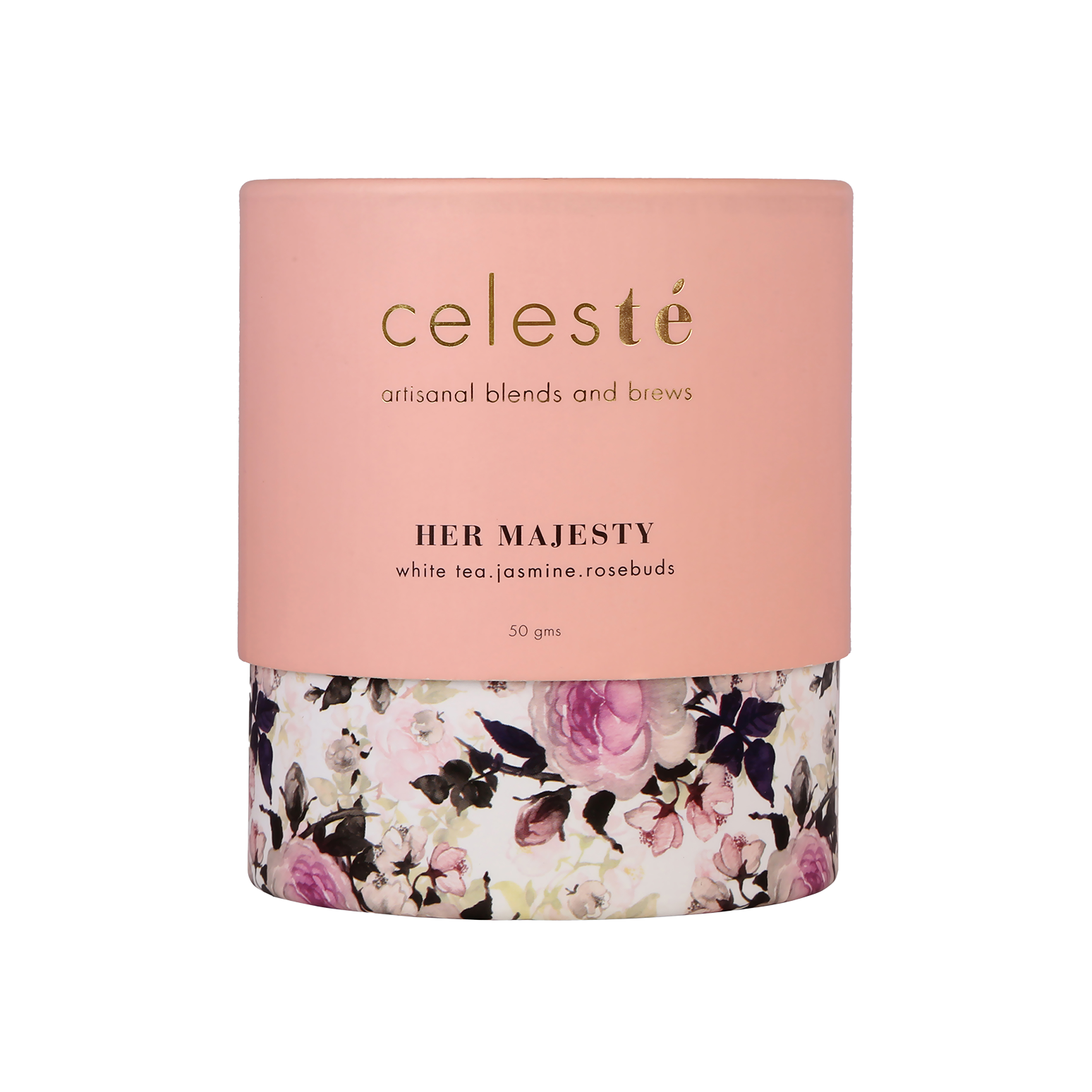
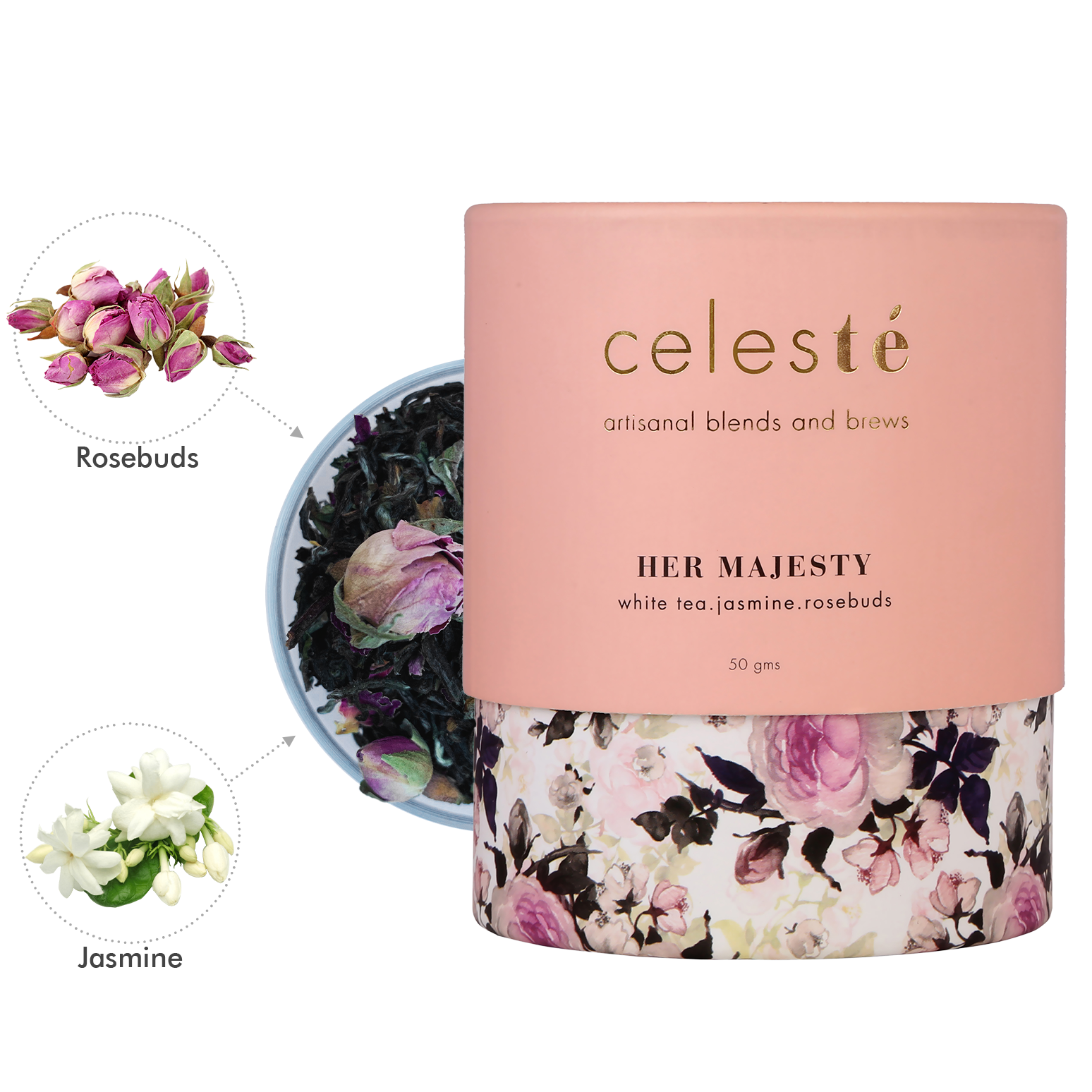
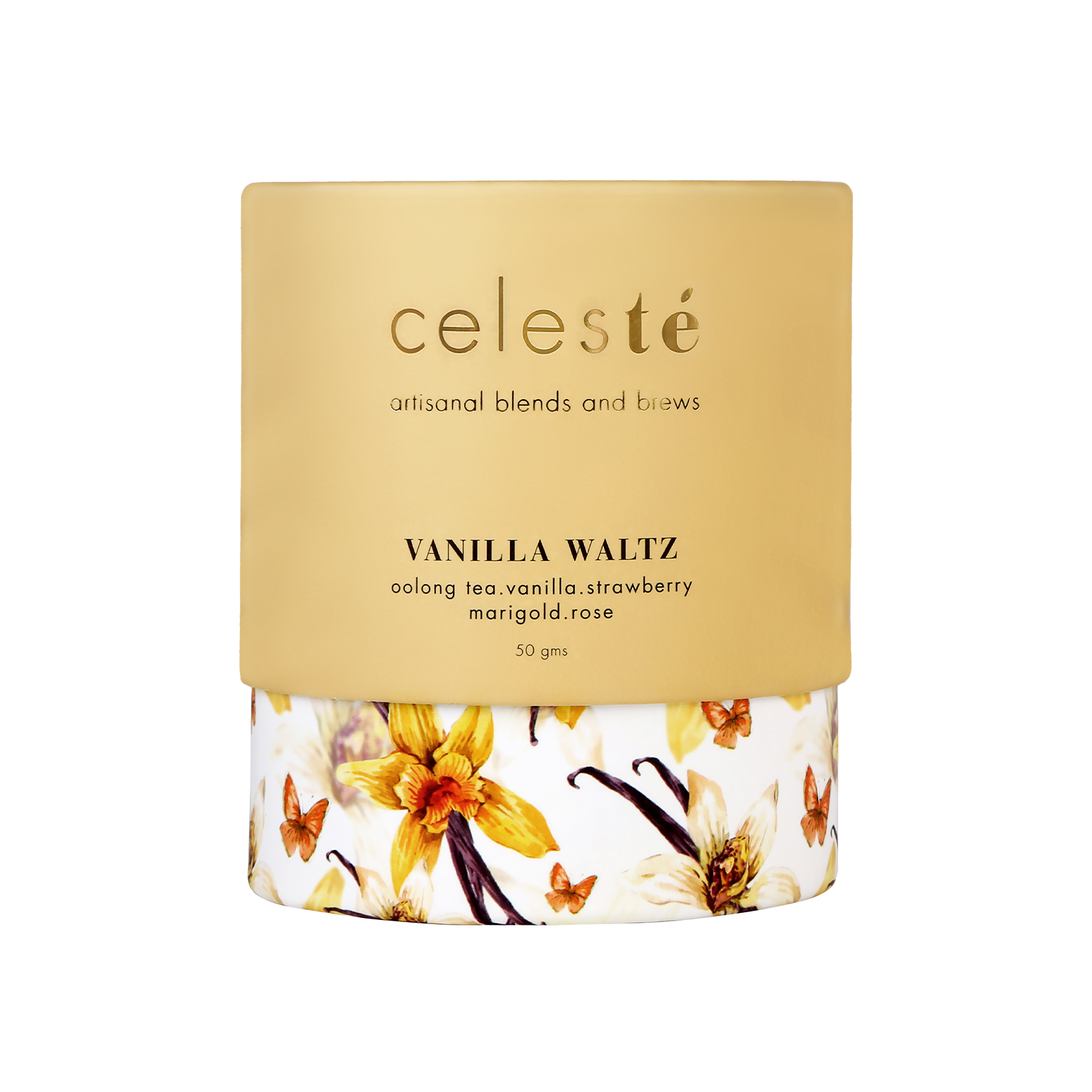
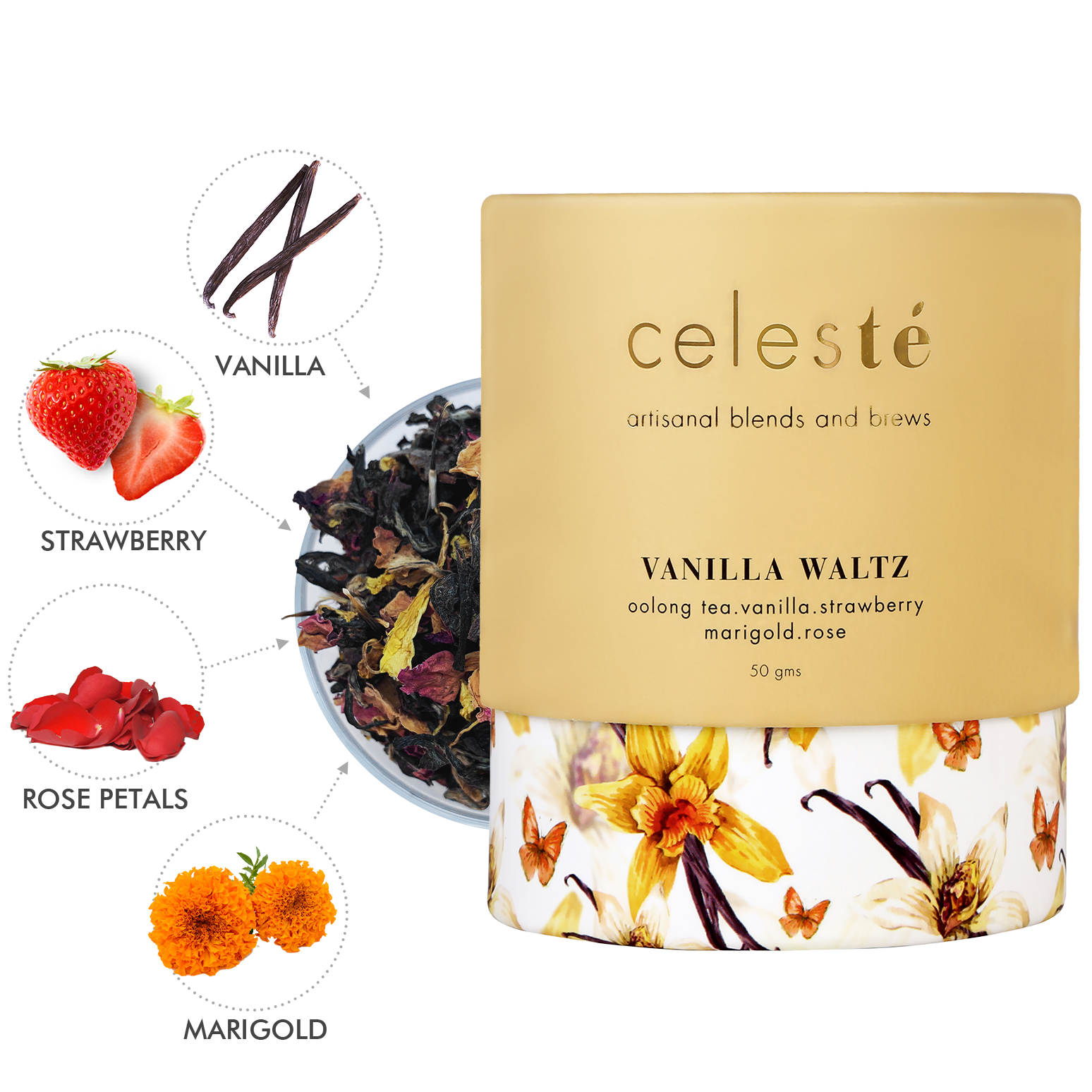


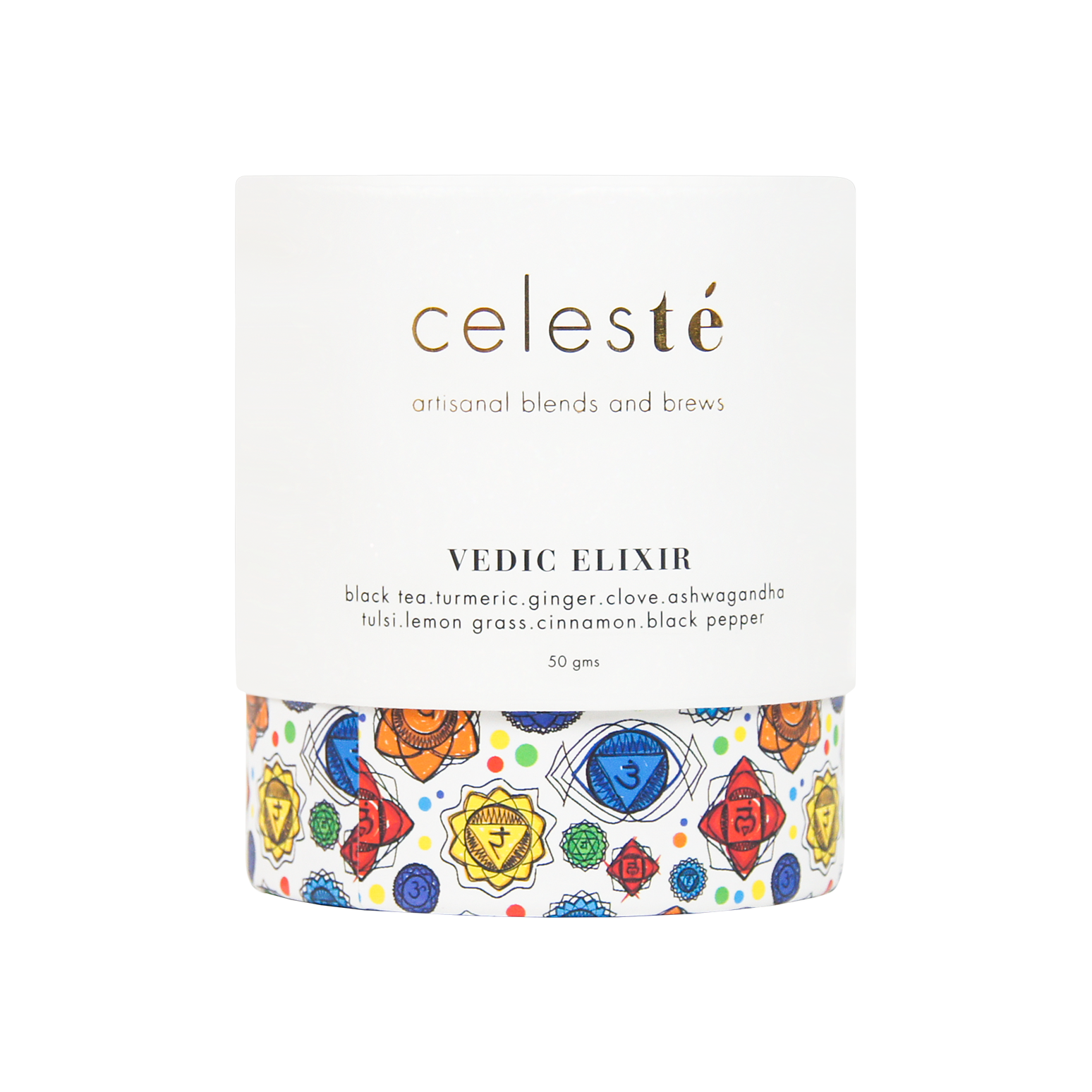
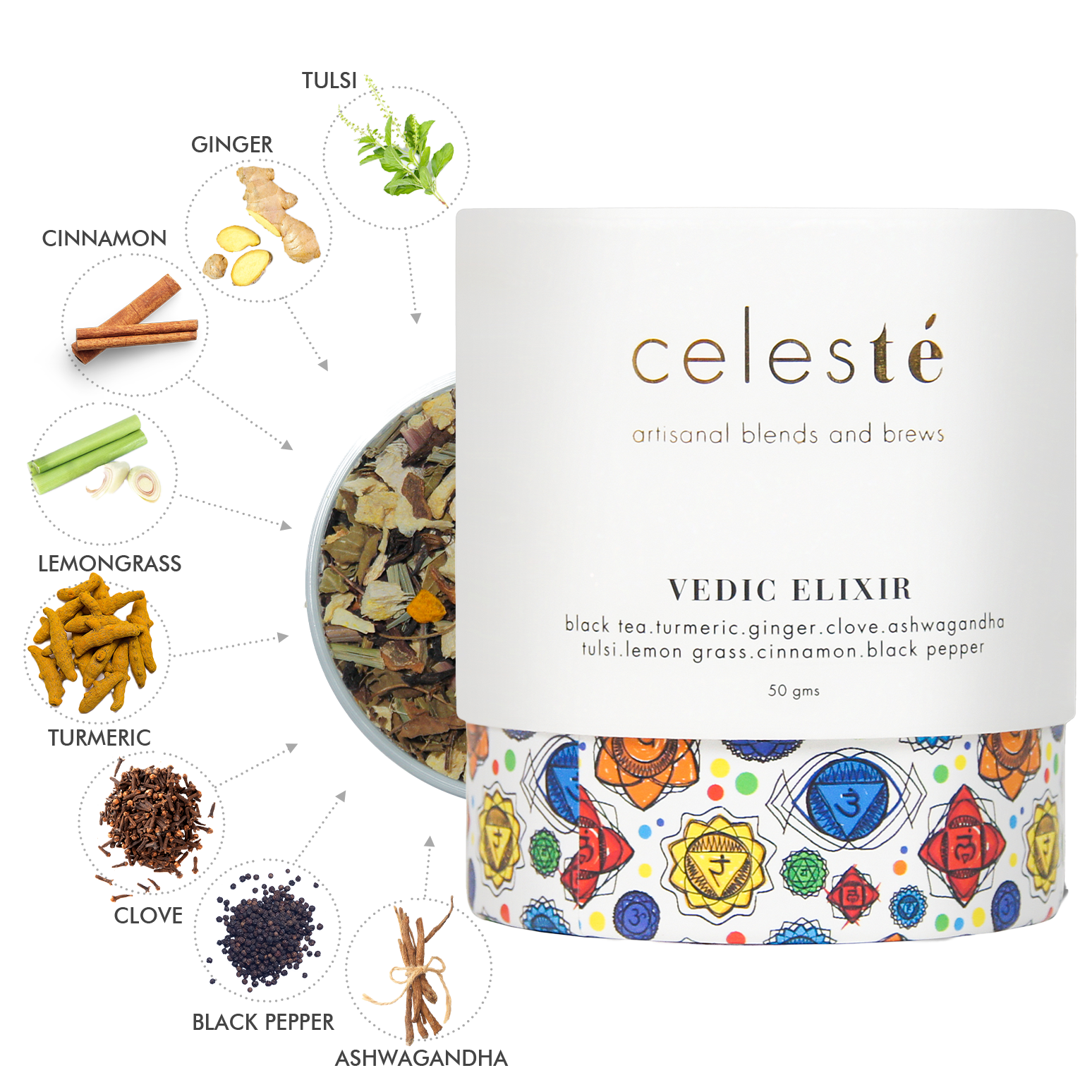


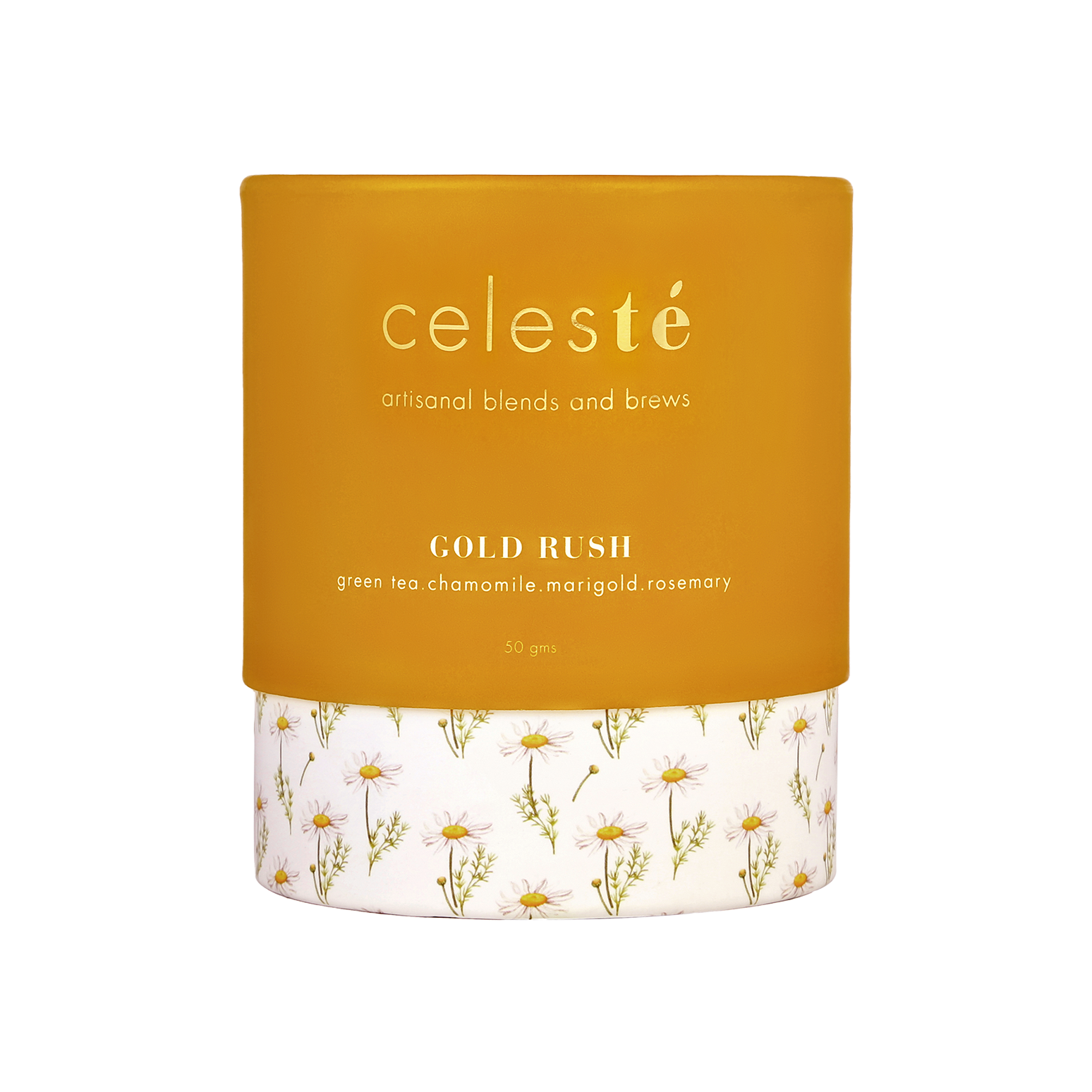
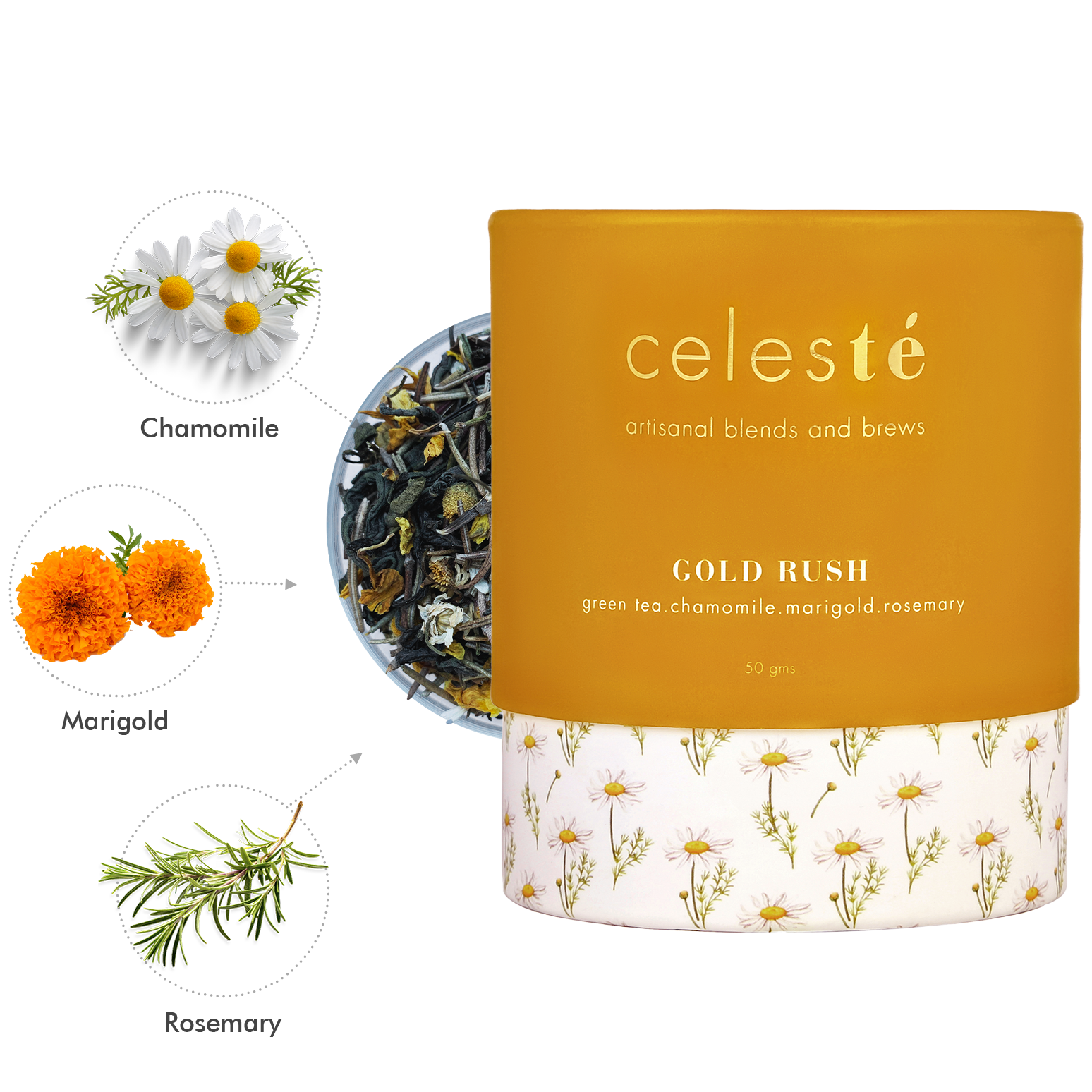
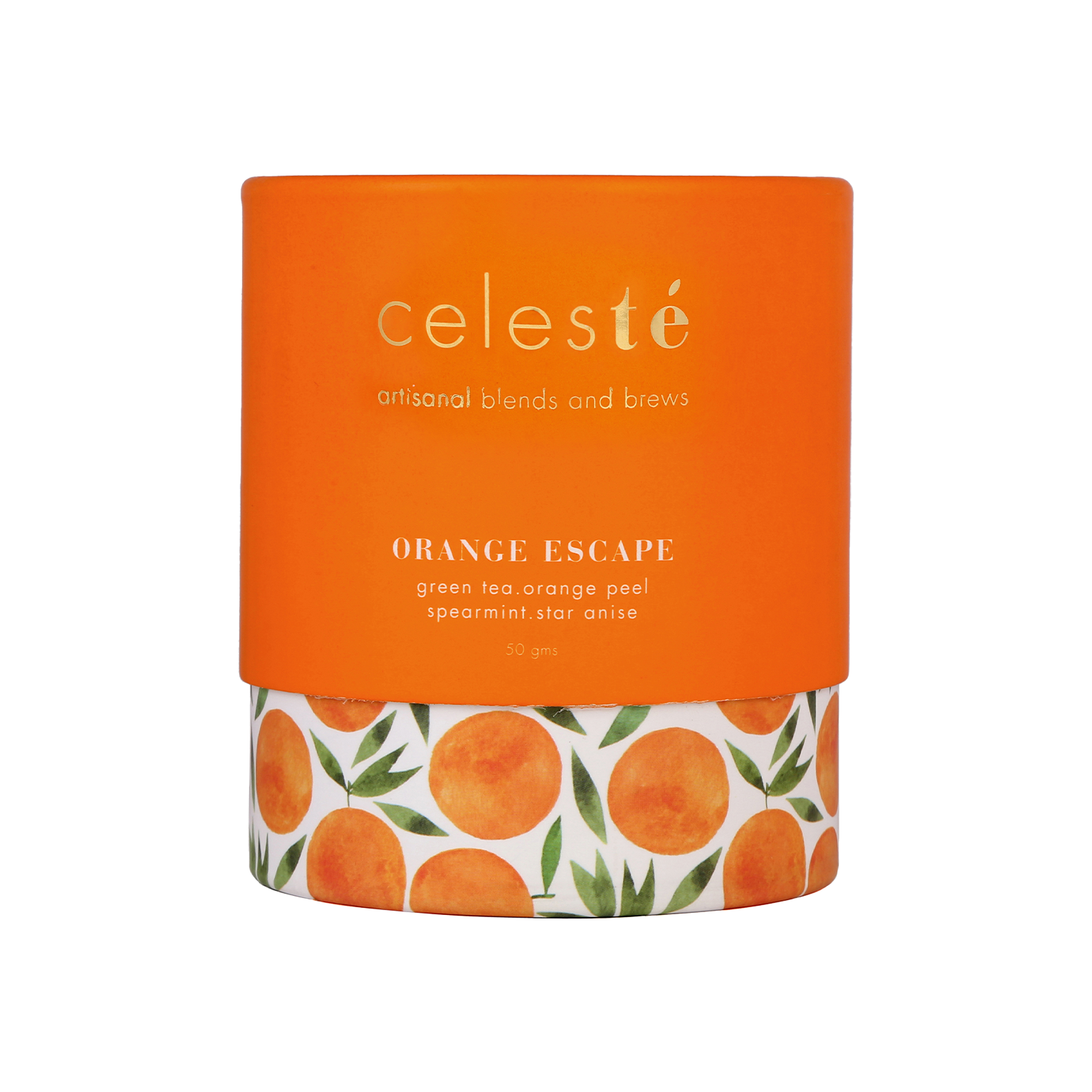
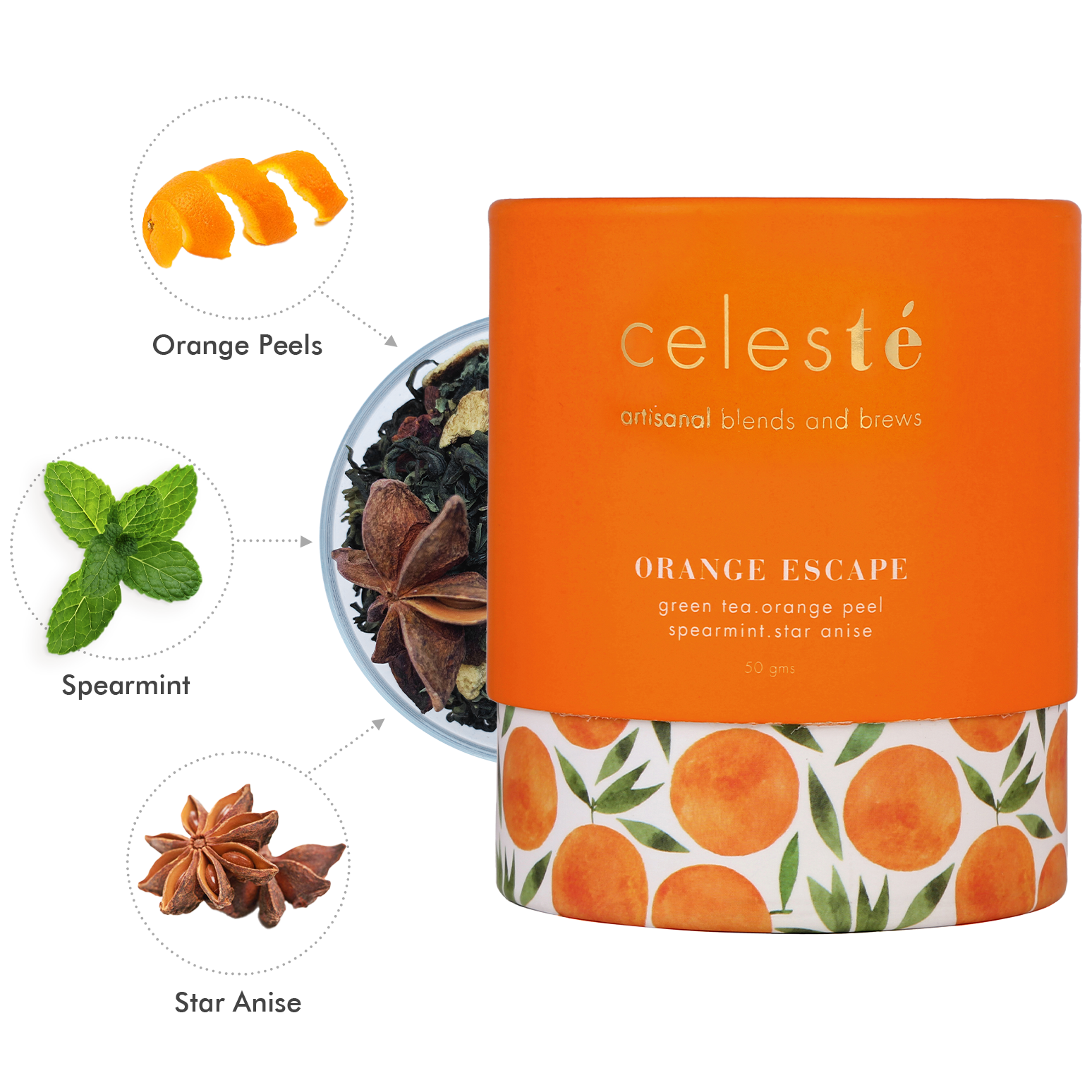
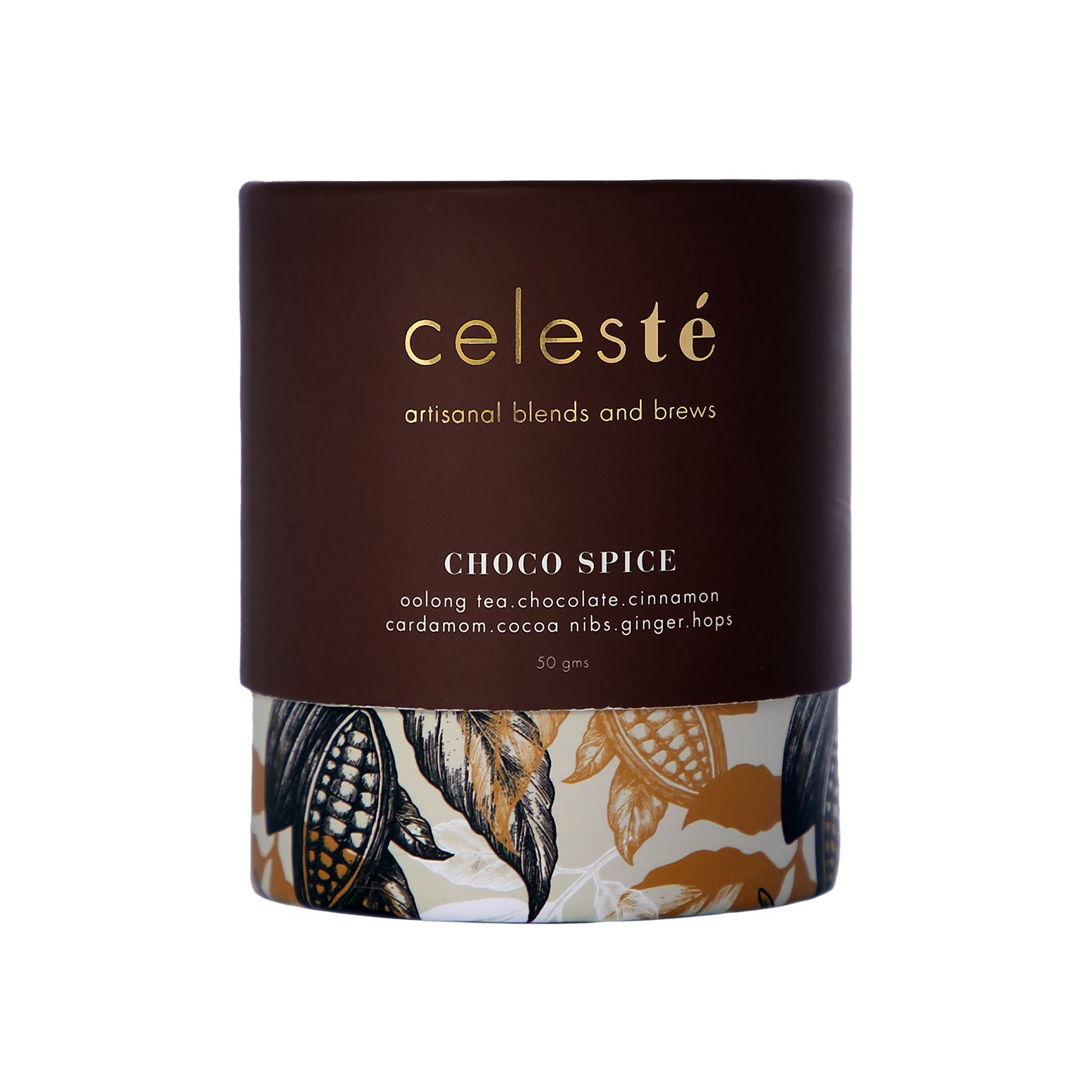
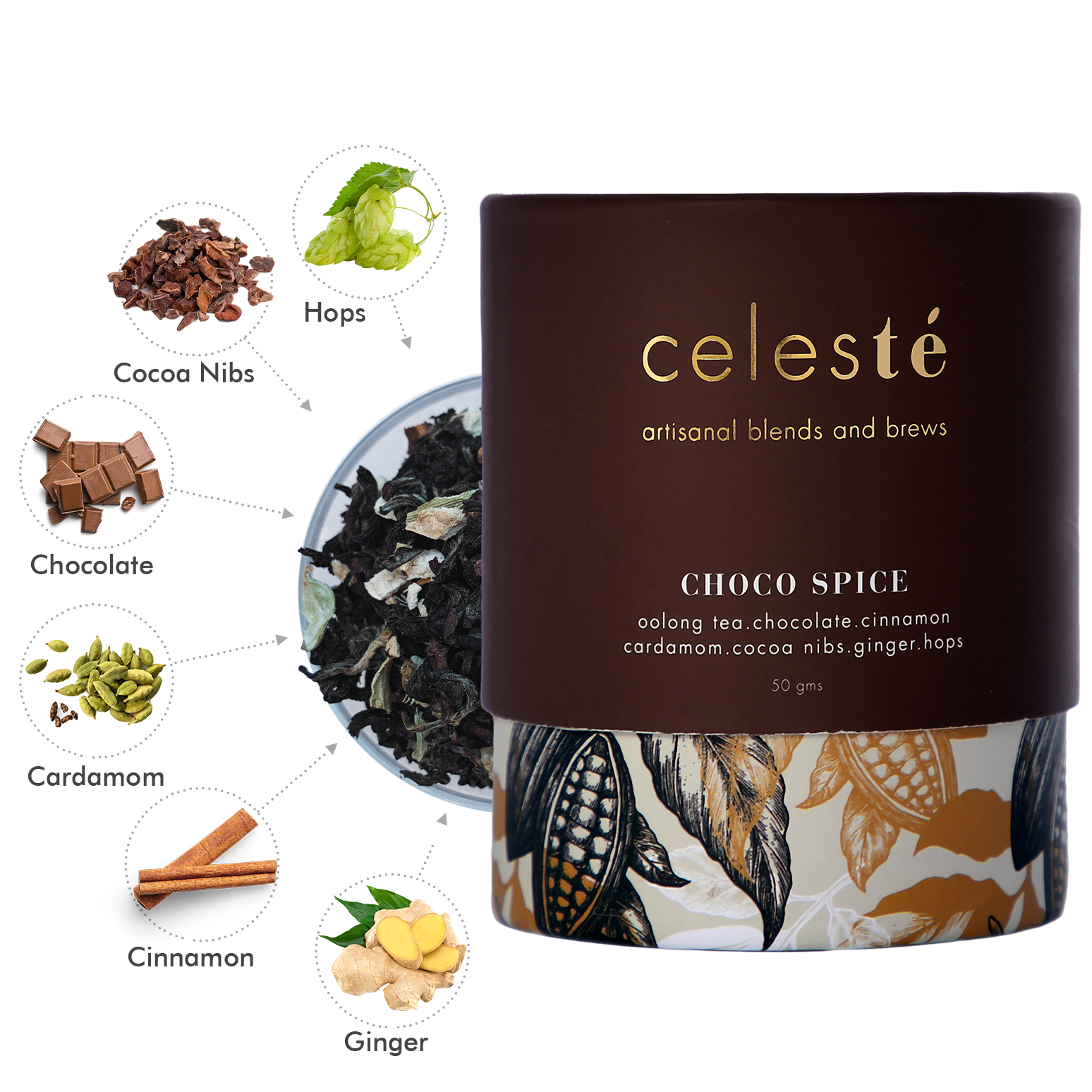
Leave a comment
This site is protected by hCaptcha and the hCaptcha Privacy Policy and Terms of Service apply.